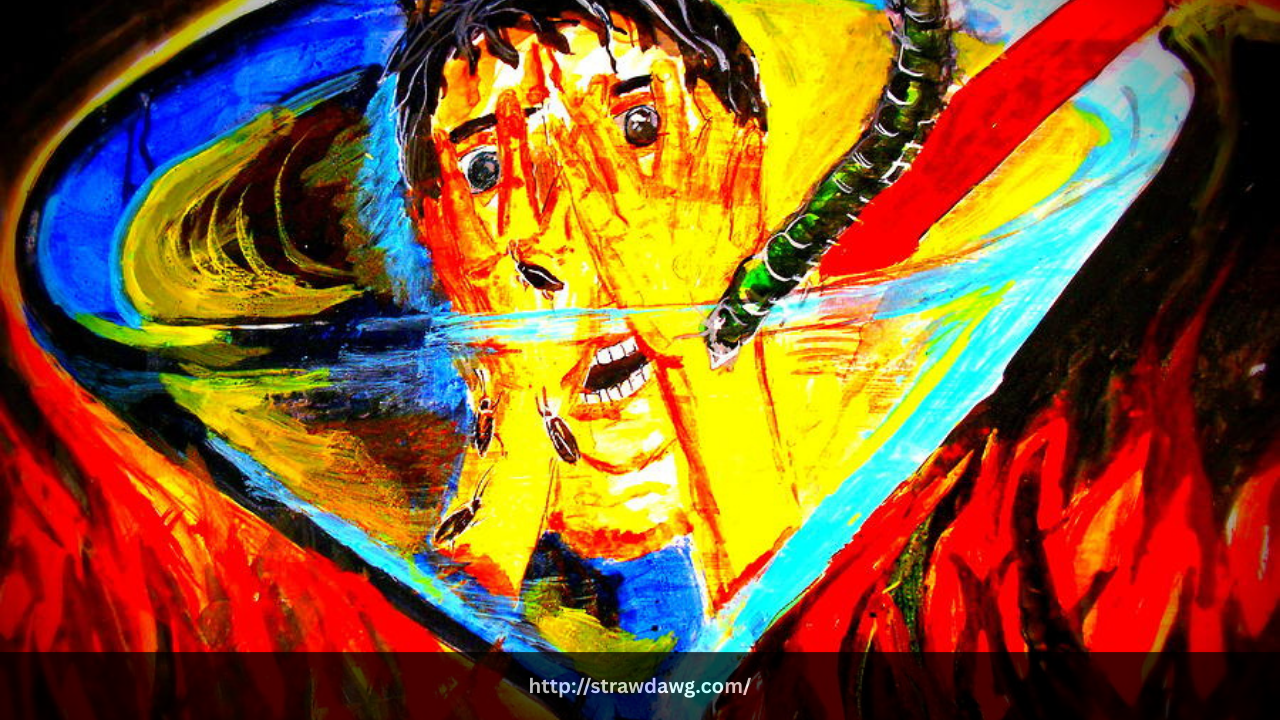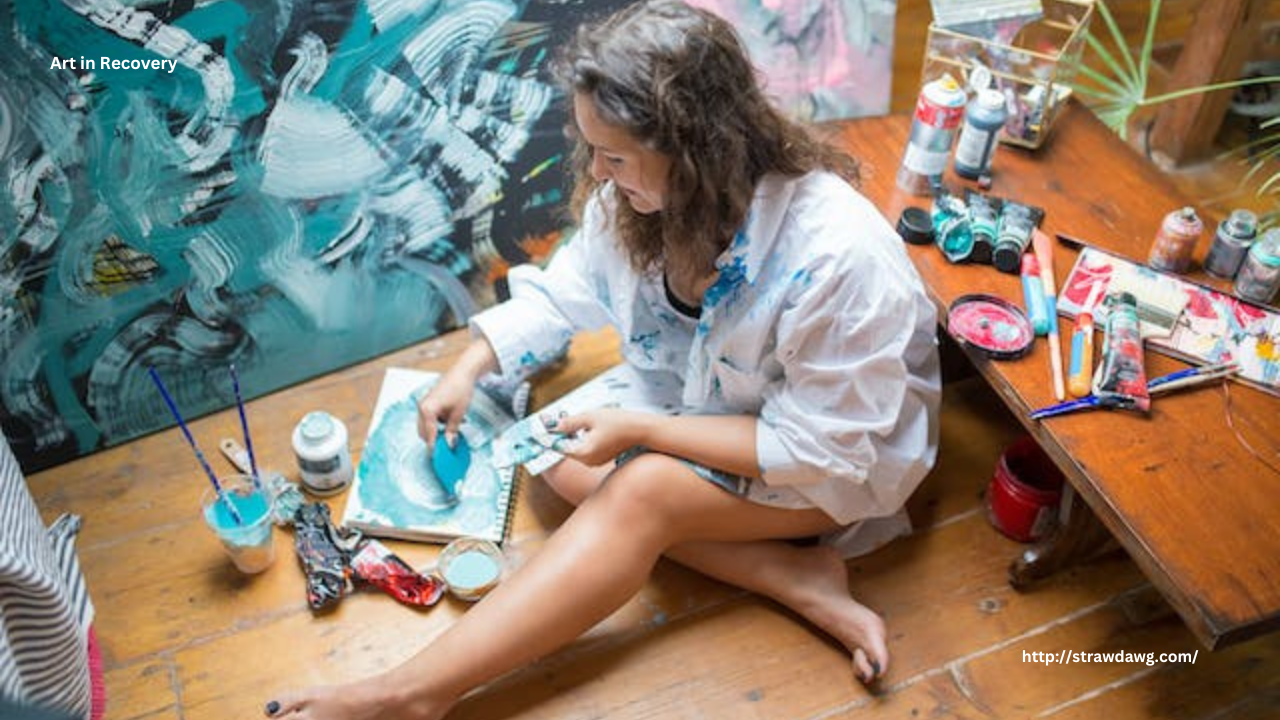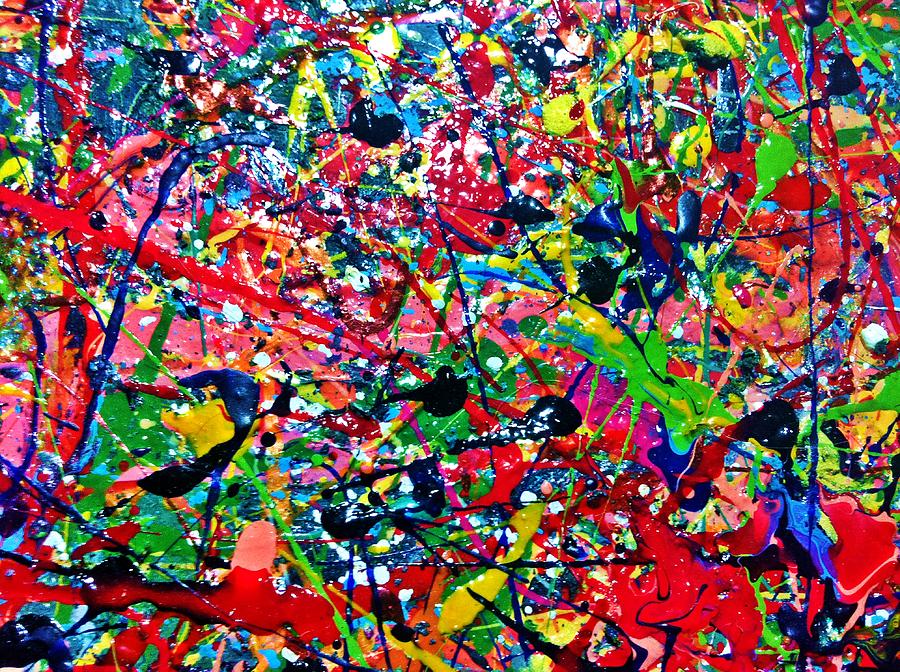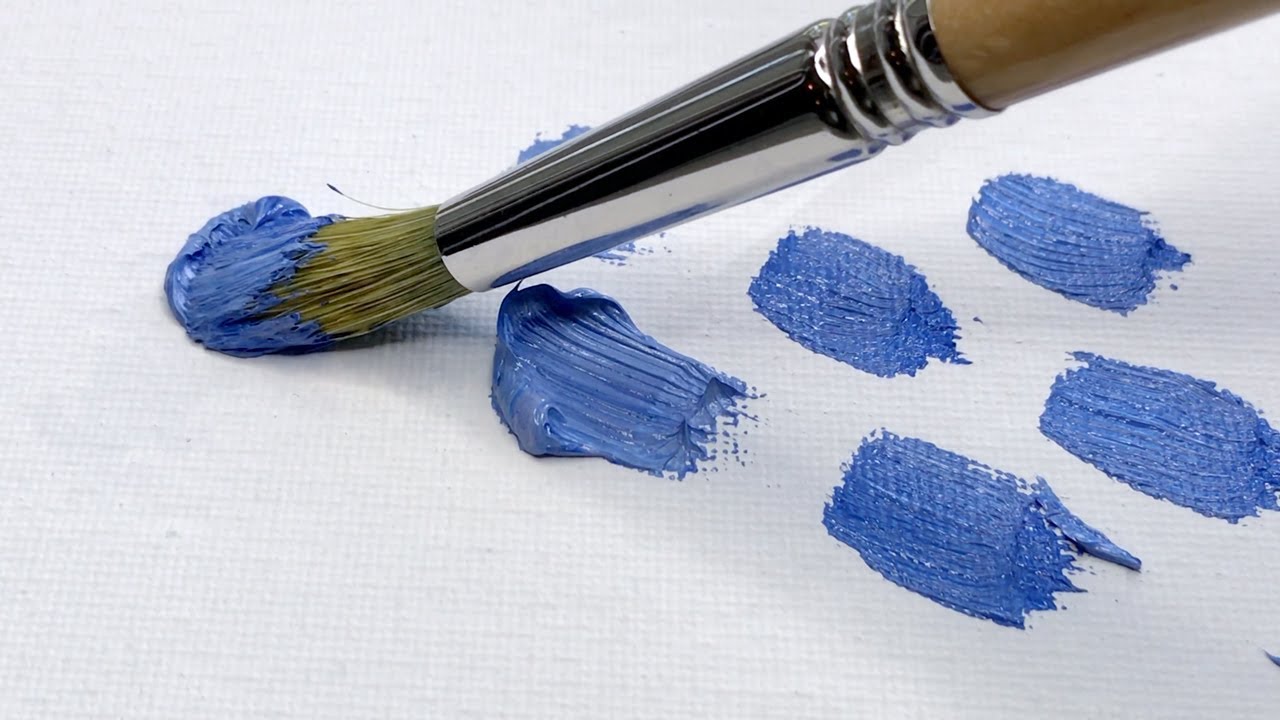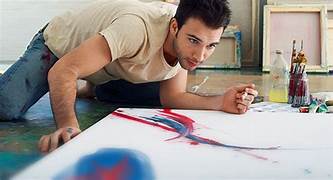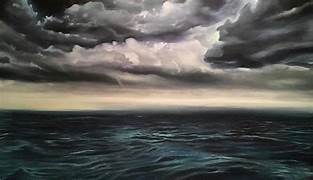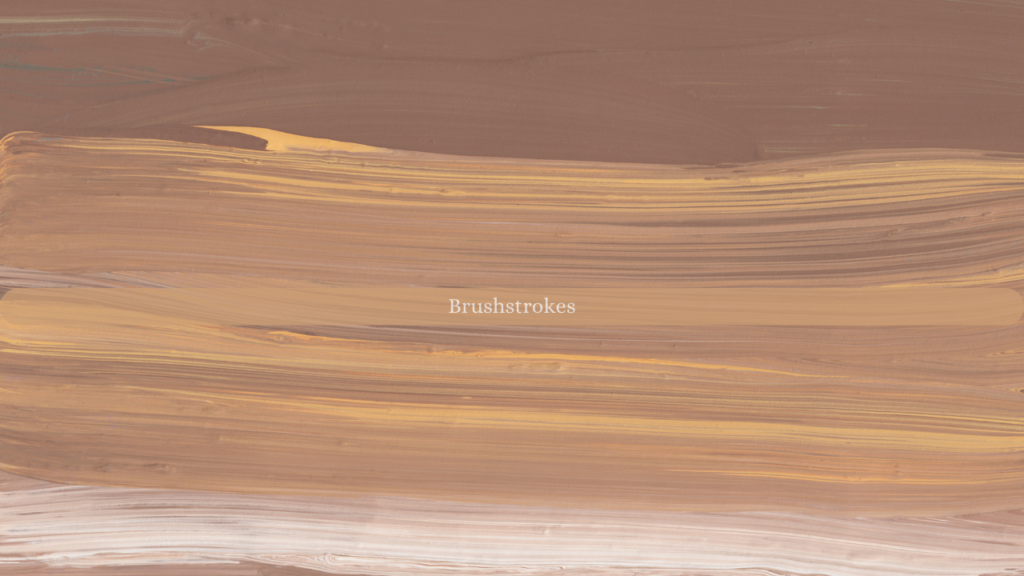For a visual artist, the act of creating is often more than just a craft—it’s a way of processing life, emotions, and experiences. But for many, addiction can hijack this creative process, leaving behind chaos instead of clarity. My journey through substance abuse was no different. It was a battle that consumed me and ultimately distorted the very art that once brought me peace.
The Descent into Addiction
Addiction is like a slow poison. It begins subtly, almost imperceptibly. What started as a way to numb emotional pain and cope with personal struggles eventually spiraled into a full-blown dependency. As I fell deeper into addiction, my world became increasingly distorted, much like the abstract works I once created. I was no longer in control of my own life, and my art reflected that—chaotic, fragmented, and broken.
During those years, my art went from being an outlet of expression to a shadow of its former self. My canvases were filled with dark, erratic brushstrokes, aggressive splashes of color that mirrored the internal turmoil I was experiencing. Yet, despite the outward appearance of my paintings, I found no solace in the act of creating. Art that once served as therapy now felt like a futile attempt to hold onto something that was slipping away.
The Struggle for Clarity
The deeper I fell into substance abuse, the more distant I became from my artistic self. Addiction clouded my judgment, took over my focus, and made me question my ability to create anything meaningful. I couldn’t find a way to break free from the fog, and my art became a desperate attempt to recapture the clarity and purpose I had lost. But each painting felt like an incomplete puzzle, a reflection of my fractured identity.
It was during one of my lowest points that I realized I had to make a choice: continue down this path of self-destruction, or fight to regain control of my life and my art. Recovery was not easy, but it was in that moment of clarity that I knew I had to reconnect with myself, starting with the one thing that had always helped me process my emotions—painting.
Reclaiming My Art
Recovery was a slow and arduous process, but through it, I rediscovered my love for art. I stopped focusing on creating for validation or perfection. Instead, I let go of the need to control the outcome and allowed the process to become a form of healing. As I worked through my recovery, my art slowly began to reflect my growth, from chaotic brushstrokes to more intentional marks that conveyed strength and resilience.
In this process, I learned that my struggle with addiction wasn’t something to hide or be ashamed of—it became a part of my story. I began incorporating elements of that struggle into my work, turning the abstract chaos of my addiction into a symbol of survival and transformation. The colors and shapes on my canvas were no longer simply a reflection of my pain, but also a representation of my recovery and the strength I had gained.
Inspiring Others Through Art
Today, I use my art to tell my story and connect with others who have faced similar battles. Through exhibitions, workshops, and outreach, I hope to show that recovery is possible and that art can be a powerful tool for healing. The abstract struggles that once defined my addiction have now become a testament to the resilience of the human spirit.
In the end, addiction may have tried to steal my creativity, but through struggle, I found my voice again—one brushstroke at a time.
